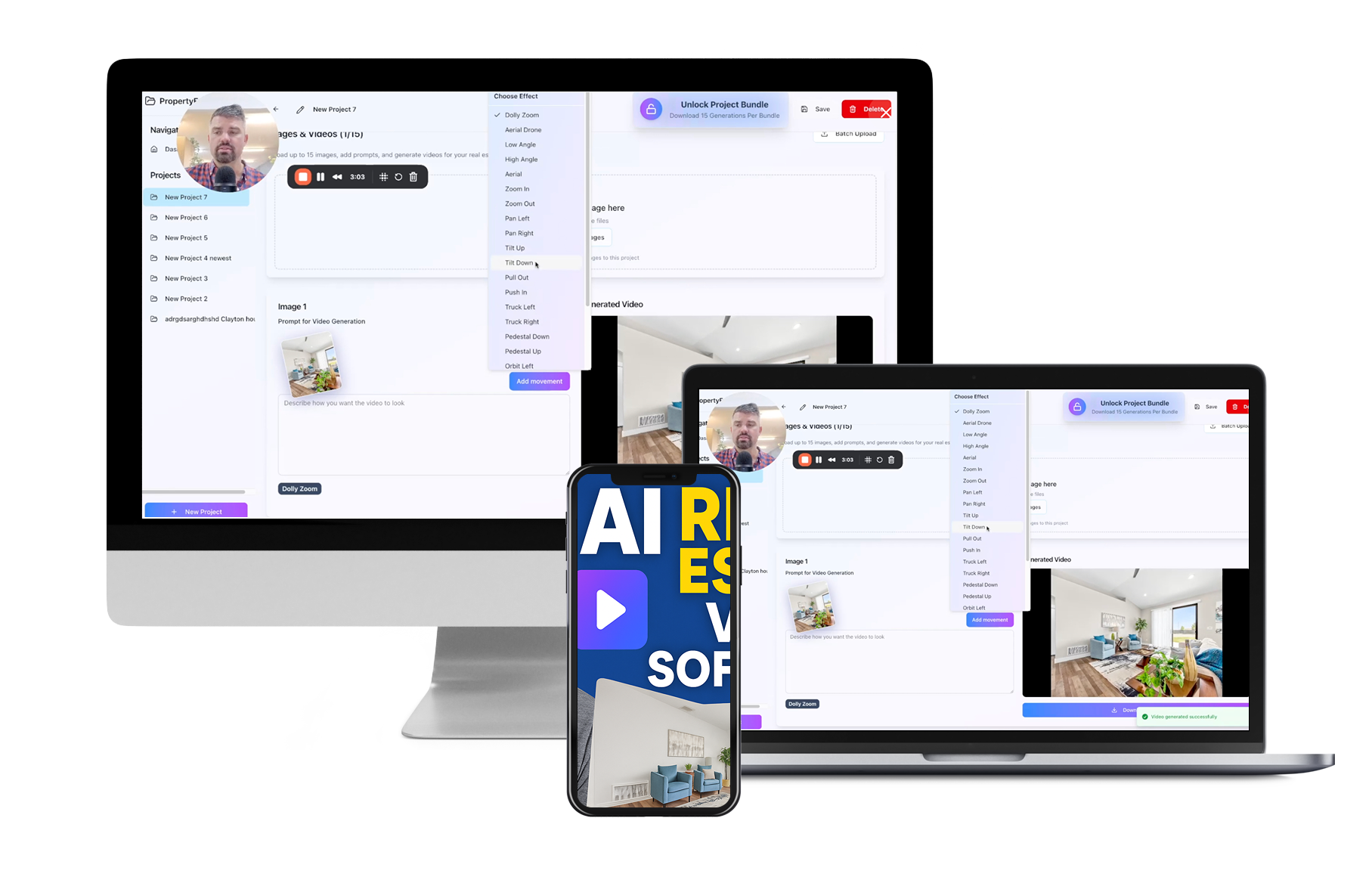Innovative AI Techniques for Enhancing Real Estate Virtual Tours
In the ever-evolving digital landscape, the realm of real estate has embraced technological advancements profoundly. Among these, Innovative AI Techniques for Enhancing Real Estate Virtual Tours stand out as a game-changer. As potential buyers increasingly rely on virtual tours to assess properties, the integration of AI has revolutionized how these tours are created, experienced, and improved, significantly boosting their effectiveness.
Understanding the Role of AI in Virtual Tours
Artificial Intelligence (AI) has a broad scope of applications in various industries, with real estate being no exception. Within this context, AI has enabled more immersive and interactive virtual tours, providing potential buyers with experiences that closely mimic a physical viewing.
What is a Real Estate Virtual Tour?
A real estate virtual tour is a simulation of an existing location, often composed of a sequence of videos or still images. Additionally, it may use other multimedia elements such as sound effects, music, narration, and text.
The Intersection of AI and Virtual Tours
AI techniques have dramatically enhanced virtual tours by enabling better image quality, adding interactivity, and allowing personalized user experiences. Some technologies actively used include machine learning for image recognition and enhancement, and advanced data analytics to personalize the viewing experience.
Top Innovative AI Techniques for Enhancing Real Estate Virtual Tours
Here are several cutting-edge Innovative AI Techniques for Enhancing Real Estate Virtual Tours:
1. AI-Driven Image Recognition
AI techniques have refined image recognition processes, identifying and tagging different elements within a property swiftly. Real estate agents can leverage this technology to highlight key features of properties within virtual tours. For instance:
- Automatic labeling of rooms and features such as bedrooms, kitchens, or unique architectural details
- Intelligent adjustments for light and color to present the most appealing version of a listing
2. Enhanced Image Quality with AI
High-resolution images are critical in making virtual tours attractive and realistic. AI algorithms can enhance images by automatically correcting flaws, improving clarity, and adding HDR effects, ensuring every detail is vivid and engaging.
3. Personalized User Experiences
One substantial innovation lies in creating personalized experiences using AI. When prospective buyers engage with a virtual tour, AI assesses their preferences and interaction patterns to tailor the content they view:
- Suggesting properties based on past preferences and search criteria
- Curating customized tours that emphasize features identified as most appealing to individual users
4. AI-Powered Virtual Staging
Virtual staging transforms unfurnished spaces into beautifully furnished ones, helping buyers visualize a property’s potential. AI tools allow for fast, cost-effective virtual staging, offering a variety of design styles and furnishing options that can be swapped effortlessly based on user preferences.
Addressing Buyer Needs with AI Techniques for Real Estate Virtual Tours
Responsive and Interactive Elements
AI augments interactive features within virtual tours, such as clickable hotspots that provide additional information about a property's features, history, and specifications. This level of interaction enhances user engagement and satisfaction.
Multilingual Capabilities
In our global real estate market, language diversity makes multilingual virtual tours a necessity. AI-driven translations adjust the tour content to multiple languages, broadening the reach of real estate listings to international buyers.
Real-Time Analytics and Feedback
AI tools are not only enhancing the visual and interactive aspects of virtual tours but also providing real-time analytics. Real-estate professionals can understand viewer behavior, track time spent on different rooms, and identify which features attract the most attention.
The Future of Real Estate with AI Enhancements
The continuous interplay between AI and real estate virtual tours is pivotal, promising an enriched home-buying experience. As technology advances, future prospects include even more realistic simulations and comprehensive data insights.
Virtual Reality (VR) and Augmented Reality (AR)
Combining AI with VR and AR technologies can turn virtual tours into immersive experiences that allow users to decorate and rearrange the furniture, change wall colors, and explore renovation options with simple gestures.
Conclusion: Embracing the AI Revolution in Real Estate
The fusion of Innovative AI Techniques for Enhancing Real Estate Virtual Tours effectively bridges the gap between physical and virtual property viewings. Real estate agents and buyers alike stand to benefit from the enhanced, interactive, and personalized experiences that AI integration affords. Embracing these advancements not only meets current market demands but also sets the stage for future developments in digital real estate transactions.
Call to Action: Are you ready to elevate your real estate business with AI-driven virtual tours? Explore our expert services and discover how cutting-edge technology can transform your property showings and maximize your sales potential!
Internal Links
This article serves as a comprehensive overview of the numerous ways AI is transforming real estate virtual tours. As AI technology continues to evolve, staying informed and adapting to these innovations will be crucial for staying competitive in the real estate industry.



